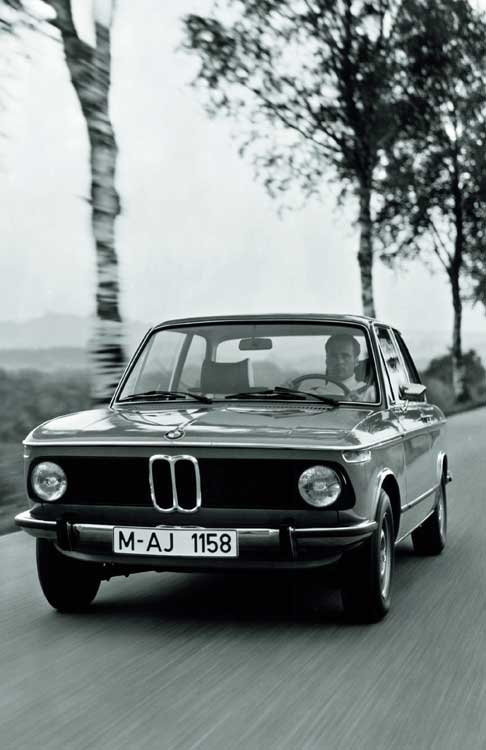BMW 1602/2002
Small, fast with movie-star looks

I'm not a cinema buff, so it's a bit of a mystery why one line from the otherwise forgettable film The Salzburg Connection has stuck in my head for so long.
I'm not a cinema buff, so it's a bit of a mystery why one line from the otherwise forgettable film The Salzburg Connection has stuck in my head for so long.
In the 1972 thriller, a character played by the American actor Barry "Petrocelli" Newman gets drawn into an impenetrable plot about ex-Nazis and illegal gold. At one stage, Barry ends up at a car-hire firm or hotel reception desk making an urgent request for a "small, fast car". It's Continental Europe. It's 1972. It's obvious that only one car really fits Barry's bill: BMW's "02". And that's exactly what he gets.
The description "small, fast car" probably captures most of what BMW's 02 was about. But our notion of what is small or fast has changed a lot since the 02 was introduced in 1966. By today's standards, the BMW was slow; the 1.6-litre 1602, the mainstay of the range, could just about reach 100mph. Even the extreme, extravagantly spoilered and skirted 2002 turbo was all out at 130mph, the sort of speed sales reps' diesel-powered cars can reach these days.
Perhaps the aerodynamics of the BMW's stylish body were against it. The 02 had the aggressive, jutting prow that was the distinctive face of the Bavarian manufacturer's cars of that era. It was the opposite of the streamlined, shovel-sloped noses that fuel saving and pedestrian protection have forced on today's cars, in that the leading edge of the bonnet protruded beyond the rest of the bodywork.
Otherwise, the 02 and its Touring estate-car siblings had pretty, almost dainty styling, which picked up on several design themes first seen in the four-door BMW saloons of the "Neue Klasse", introduced in 1961. Especially notable were the slim, elegant pillars - which gave the car's "glasshouse" a light, airy look - and the distinctive round tail lights. To its credit, BMW did not tinker too much with the 02's appearance during its 11-year life, sparing it the dodgy facelifts that other manufacturers tried with ageing models in the 1970s. The main changes were the larger rear lights on later cars, and some new chrome parts.
What about the "small" bit of the "small, fast car" thing? In 1972, the 02 wasn't actually that small by European standards. But it was much smaller and simpler than any car BMW offers today. It was available only with four-cylinder engines, and there was no four-door option. Compare that with the heavier and much more powerful car that its successor, the 3-series, has become over the years.
BMW realisedthe growth of the 3 was opening up a gap at the bottom of its range that needed to be filled, and its first attempt to tackle the problem - the 1994 Compact - was really just a long overdue replacement for the 1971 three-door Touring version of the 02.
Seen from this perspective, the forthcoming small 1-series is not the risky experiment to extend the posh BMW badge down market that it may appear. The Bavarians have been there before - and last time, thanks to the 02, they did very well.
Join our commenting forum
Join thought-provoking conversations, follow other Independent readers and see their replies
Comments
Bookmark popover
Removed from bookmarks